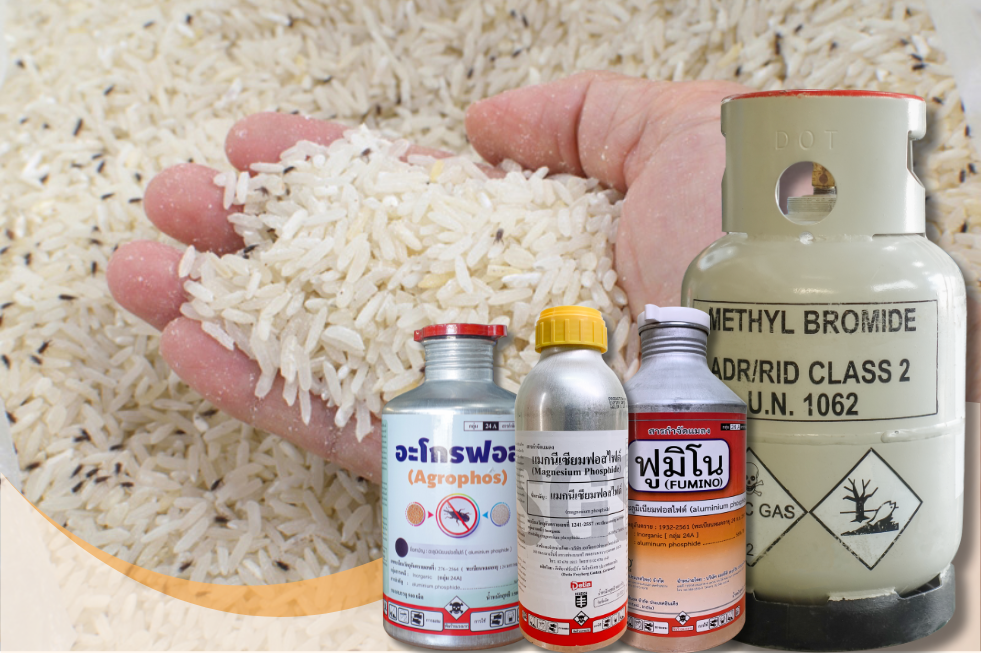Fumigation is a critical method used to control insect pests in enclosed environments such as grain silos, warehouse storage, and shipping containers for agricultural and export products. The process involves releasing a fumigant gas that penetrates deep into the product stack, reaches hidden insects, and disrupts their respiratory system—effectively eliminating pests at all life stages, from eggs to adults.
In practice, fumigation relies on two primary types of chemicals, each suited to different purposes phosphine-based (pellet type) and methyl bromide (liquid type). Here is how they differ
Phosphine-Based Fumigants (Pellet Type)
Phosphine fumigants are widely used in warehouse and silo fumigation, especially for stored grains, seeds, and legumes. The gas is produced when aluminum phosphide (AlP) or magnesium phosphide (Mg3P2) reacts with moisture from the air or the product itself.
Advantages:
● Easy to apply and cost-effective
● Deep gas penetration without leaving toxic residues
● Safe for seed germination
● Suitable for long-term storage and bulk commodities
Limitations:
● Requires longer fumigation time (5–7 days)
● Flammable—strict safety measures must be followed
Methyl Bromide Fumigants (Liquid Type)
Methyl bromide (CH3Br) is a fast-acting fumigant typically used in container fumigation, wood packaging treatment, and export shipments. It requires a vaporizer to convert the liquid into a gas for uniform distribution.
Methyl bromide is essential for meeting ISPM 15 standards, which apply to wooden pallets, crates, and other packaging materials. Treated materials must display the IPPC stamp to certify compliance.
Additionally, for shipments to Australia, methyl bromide fumigation must comply with the AFAS (Australian Fumigation Accreditation Scheme), overseen by DAFF (Department of Agriculture, Fisheries and Forestry). This ensures that treatments performed at origin meet Australian quarantine requirements and eliminate the need for re-fumigation on arrival.
Advantages:
● Rapid fumigation cycle
● Non-flammable
● Approved for use on certain live plants under controlled conditions
Limitations:
● Can reduce germination rates of seeds
● Not suitable for all product types—some may experience changes in odor or quality
● Regulated under the Montreal Protocol and requires licensed fumigators in approved facilities
Which Fumigant Is Right for Your Product?
Choosing the right fumigation chemical depends on your product type, handling process, and destination:
● For bulk storage (silos, warehouses) with no urgency → Phosphine is a safe, effective, and residue-free option
● For export shipments, especially where ISPM 15 or AFAS compliance is required → Methyl bromide ensures certification and fast turnaround
Need expert advice or a fumigation quotation?
SGT Service (Thailand) offers certified fumigation services using both phosphine and methyl bromide—tailored for local storage and international export requirements.
✉︎ Email: [email protected] | [email protected]
☎︎ Tel: +66 (0)2348-3355-9, +66 (0)2105-4510






 Tel. :
Tel. :  Fax. :
Fax. :  Email :
Email :